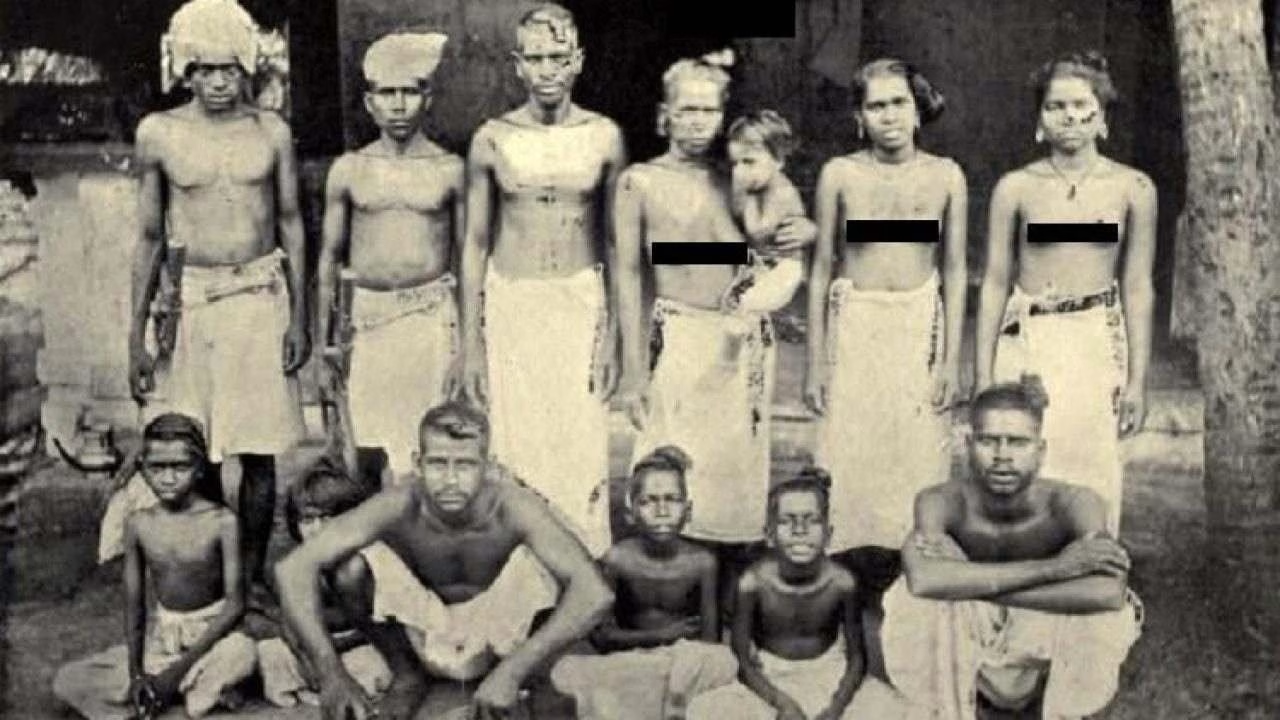In the annals of history, certain practices stand out as particularly egregious examples of oppression and social injustice. The 19th century in India witnessed two such appalling customs: the “Breast Tax” and the “Head Tax,” which not only highlight the deep-seated inequalities of the time but also underscore the struggles faced by marginalized communities.
The “Breast Tax”: A Symbol of Degradation
The “Breast Tax,” also known as “Mulakkaram,” was levied in the princely state of Travancore (modern-day Kerala) on women from lower castes, specifically the Nadar community. This tax was imposed on women who covered their breasts, essentially penalizing them for an act of modesty. The idea behind this barbaric practice was to maintain a rigid social hierarchy where upper-caste individuals had exclusive rights to certain forms of dress and appearance.
Women who wished to cover their upper bodies were forced to pay a tax based on the size of their breasts. The imposition and collection of this tax were humiliating, involving public measurements and blatant discrimination. It served as a stark reminder of the oppressive caste system and the control exerted over the bodies and dignity of lower-caste women.
One legendary figure who defied this tax was Nangeli, a woman from Cherthala. In protest against the tax, she is said to have cut off her breasts and presented them to the tax collector. Nangeli’s act of defiance, though tragic, became a powerful symbol of resistance against the inhumanity of the system. While the historicity of her story is debated, its enduring resonance points to the collective trauma and rebellion against such oppressive practices.
The “Head Tax”: A Burden on the Marginalized
Alongside the “Breast Tax,” the “Head Tax,” or “Thalaikkaram,” was another form of oppressive taxation prevalent in various parts of 19th-century India. This tax was a poll tax levied on individuals, often targeting lower castes and marginalized communities. The “Head Tax” further burdened the poor and working classes, who were already struggling under dire economic conditions.
These taxes were not just economic burdens; they were tools of social control. They reinforced existing social hierarchies, reminding the lower castes of their subservient status. The revenues collected often went towards maintaining the lavish lifestyles of the ruling elite while the taxed population remained impoverished and oppressed.
Impact and Legacy
The “Breast Tax” and the “Head Tax” are horrific reminders of the systemic oppression that existed in 19th-century India. These taxes highlight:
- Caste Discrimination: The taxes were primarily levied on lower castes, reinforcing the rigid social hierarchy and maintaining the power structures.
- Gender Inequality: The “Breast Tax” specifically targeted women, controlling their bodies and their right to modesty.
- Economic Exploitation: Both taxes placed a disproportionate burden on the poor, further marginalizing them and perpetuating their economic hardship.
- Resistance and Rebellion: Acts of defiance, such as Nangeli’s legendary protest, demonstrate the resistance against these oppressive practices.
The legacy of these taxes serves as a crucial reminder of the historical struggles for social justice and equality. They call for a continued examination of the systems of power and discrimination that still exist in various forms today. Learning about these dark chapters of history is essential to building a more just and equitable future.
In conclusion, the “Breast Tax” and the “Head Tax” of the 19th century represent a disturbing chapter in India’s history. These oppressive practices underscore the importance of acknowledging and confronting historical injustices to foster a society where dignity and equality are upheld for all.




